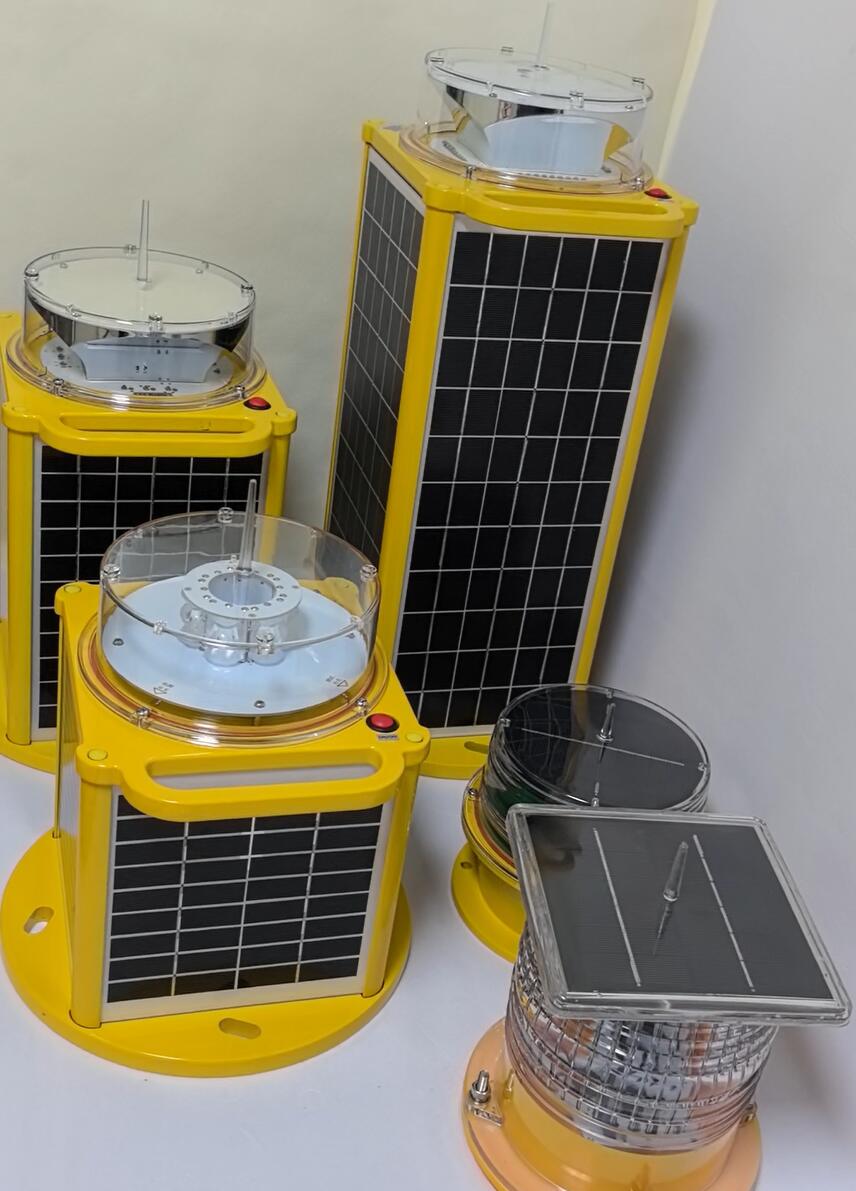Solar Marine Lantern Solutions: Reliable Navigation Lighting for Modern Waterways
Navigational safety in marine environments demands durable, efficient, and maintenance-free lighting solutions. Solar marine lanterns for sale today offer advanced technology that ensures reliable performance in even the harshest conditions. These self-sustaining lighting systems eliminate the need for grid power, making them ideal for buoys, docks, and offshore installations. This guide explores their features, benefits, and how to select the best option for your maritime needs.
1. Why Choose Solar-Powered Marine Lanterns?
Marine environments present unique challenges:
Harsh weather conditions (saltwater, storms, UV exposure)
Remote locations with limited power access

Strict visibility requirements for safe navigation
| Solar marine lantern for sale |
Solar marine lanterns address these challenges with:
✔ Energy independence – No external power needed
✔ Low maintenance – No frequent battery changes
✔ Eco-friendly operation – Zero emissions
✔ Long lifespan – 5-10 years with minimal upkeep
2. Key Features of High-Quality Solar Marine Lanterns
a. Solar Panel Efficiency
Monocrystalline or polycrystalline panels
Corrosion-resistant coatings
| Solar marine lanterns for sale |
Optimal tilt for maximum sunlight absorption
b. Battery Performance
Lithium-ion or gel batteries for longevity
Deep-cycle design for consistent power
Weatherproof housing for protection
c. LED Lighting Technology
High-intensity output (10+ nautical miles visibility)
Multiple flash patterns (IALA-compliant)
Automatic dusk-to-dawn operation
d. Durability & Protection
IP68 waterproof rating
Stainless steel or polycarbonate construction
UV and salt spray resistance
3. Applications of Solar Marine Lanterns
a. Navigation Buoys & Channel Markers
Ensures safe passage for vessels
Complies with IALA standards
b. Ports & Harbors
Dock and pier lighting
Breakwater and jetty illumination
c. Offshore Structures
Wind farms, oil rigs, and aquaculture sites
Hazard marking for submerged obstacles
d. Emergency & Temporary Use
Rapid deployment in disaster response
Construction zone warnings
4. How to Select the Right Solar Marine Lantern
a. Assess Your Requirements
Location: Offshore, coastal, or inland waters
Visibility range: 3-10+ nautical miles
Flash pattern: Fixed, flashing, or synchronized
b. Check Compliance Standards
IALA (International Association of Marine Aids to Navigation)
SOLAS (Safety of Life at Sea)
ISO 19357 (Marine navigation light specifications)
| Solar Marine Lantern Solutions |
c. Evaluate Durability Features
Corrosion-resistant materials
Impact-resistant design
Self-cleaning solar panels (optional)
d. Consider Smart Features
Remote monitoring via IoT
Fault detection alerts
Modular designs for easy upgrades
| Solar Marine Lantern Solution |
5. Maintenance & Longevity Tips
To ensure optimal performance:
Clean solar panels periodically to remove salt and debris
Inspect battery health every 6-12 months
Check seals to prevent water ingress
Verify light intensity for consistent visibility
Most high-quality solar marine lanterns require only annual inspections, reducing operational costs.
6. The Future of Solar Marine Lighting
Emerging innovations include:
Hybrid energy systems (solar + wave power)
AI-powered adaptive lighting
Enhanced radar visibility
Self-diagnosing smart beacons
Solar marine lanterns for sale today provide a sustainable, cost-effective, and reliable solution for maritime navigation. Whether for permanent installations or temporary use, these systems ensure safety while reducing environmental impact.
When choosing a solar marine lantern, prioritize durability, compliance, and smart features to maximize performance. As technology advances, these lighting solutions will continue to play a vital role in global marine safety and efficiency.
